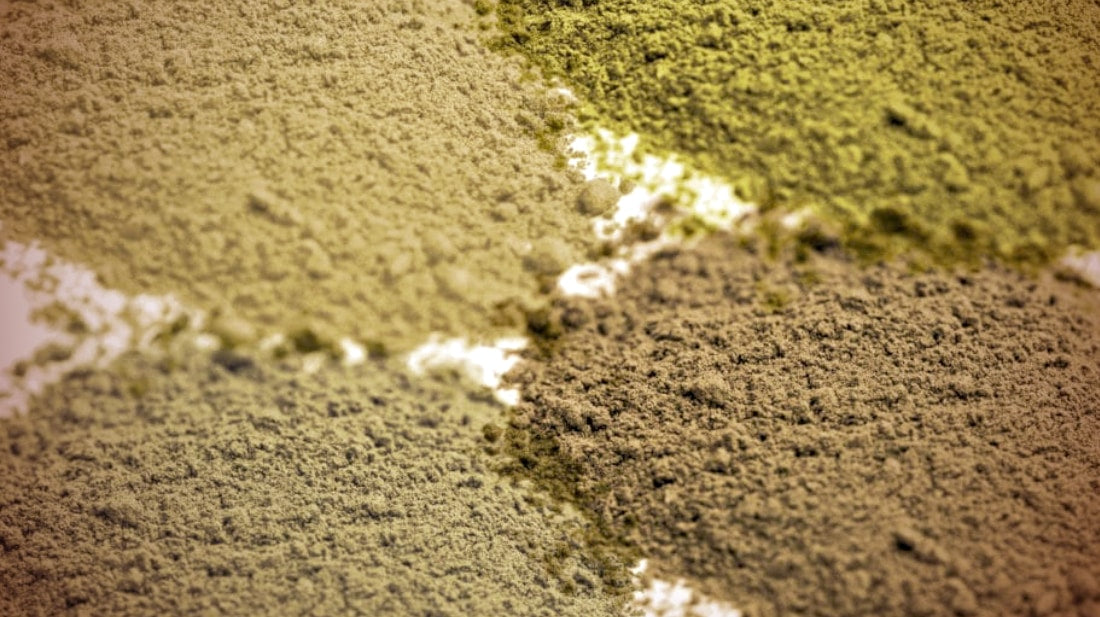Whether you're a Kava or Kratom fan, you've probably heard of these two products that are often used to relax. But do they have any similarities? And what's the difference between them? Here we'll discuss the similarities and differences between kava and kratom so that you can decide which is right for you.
What is kava?
Kava is a plant. It looks like a tree, but it's not actually a tree—it's just got that shape. The way you use kava to make tea (or "kava," if you want to get technical) is by drying out the roots, grinding them up and mixing them with water. You can buy pre-made kava tea bags or just grab some powder at your local health food store and make your own. Kava is also available in pill form—you'll find it in supplement sections of most grocery stores.
Kava may help relieve stress and improve mood. Kava may also help with sleep problems like insomnia or restless leg syndrome.
What is kratom?
Kratom is a plant that grows in Southeast Asia. It has been used for centuries to treat pain, anxiety and addiction to opioid painkillers. It also has many of the same serious safety concerns as other opioids.
According to the U.S National Library of Medicine: "Kratom has been used for its stimulant effects, as an antidepressant and antidiarrheal agent, as well as for its use in traditional medicine."
Kava vs. kratom: What's the difference?
There are many similarities between kava and kratom, but they also have important differences.
Both are derived from plants, and they both contain compounds that interact with the brain to produce psychoactive effects. So what's the difference?
First of all, kava is legal in the U.S., while kratom is not—at least not without strict regulations or a doctor's prescription—so that should be an immediate point of distinction for any potential user. Further, these two substances have different effects on the body: Kavain, one of kava’s main active ingredients, produces feelings of stress relief; mitragynine (from kratom) increases energy levels by stimulating dopamine production in the brain. Additionally, unlike some strains of cannabis that can give users anxiety-related side effects such as paranoia or fast heartbeat (called "tachycardia"), both kava and mitragyna speciosa seem to improve mental clarity without getting people high off their asses like weed does!
Both kava and kratom can have sedative effects, but they're still not very similar.
While both kava and kratom can be used to achieve sedative effects, they're not created equal. Kratom is actually an opiate—a stimulant that also has sedative properties. Kava is a relaxing herb that has been used in Polynesian cultures for thousands of years as a ceremonial beverage to ease social interactions. In other words, it's a depressant!
Both substances have their uses: if you're looking for something to help you relax after lunch (and don't mind having trouble falling asleep at night), then kava may be right for you; if instead your goal is just to get high on something, then perhaps try some kratom instead.
If you’re looking for a safe, natural alternative to prescription sedatives or other sleep aids, kava and kratom may be the answer. They have their differences in terms of chemical makeup, but both are generally well-tolerated by most people. The effects of each plant can be felt within 20 minutes or so after ingestion and last for several hours afterwards. You may experience some side effects like nausea or dizziness with either substance; however, these typically dissipate after repeated use over time as your body builds up tolerance towards its effects on brain chemistry
For an easy and approachable introduction to the kava effect, consider something like Psychedelic Water or Good Mood Mix - both contain 250mg of kava extract which is enough for a gentle mood boost.
